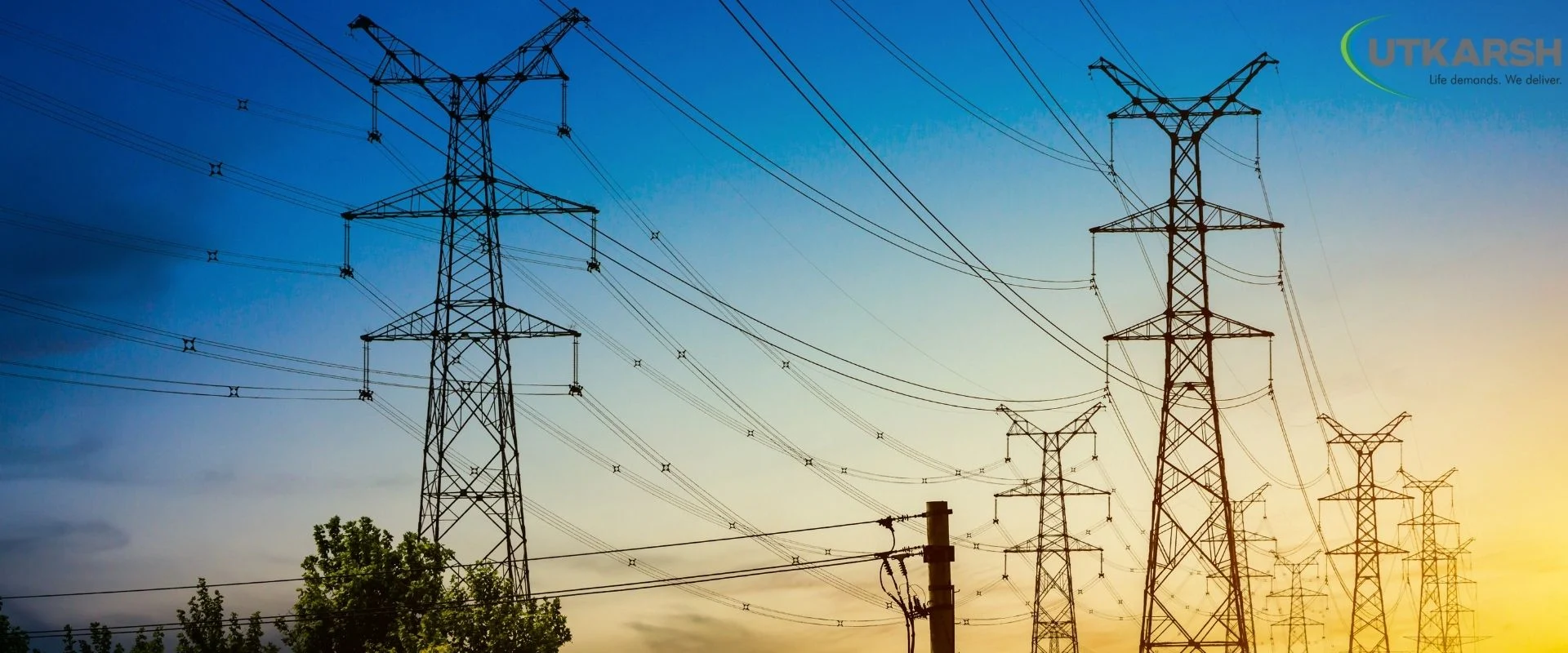What Are Transmission Towers Used For?

One of the many uses for transmission towers is the transmission and reception of many kinds of radio, telecommunications, and electricity-related signals. According to their intended use, transmission towers may be classified as either electric or mobile phone towers. Power transmission towers may be seen throughout the industrialized world.
For electric vehicles, transmission towers act as expressways for large quantities of high-voltage current. In addition to connecting power plants to a series of substations, these transmission towers also link one bulk power area of the grid to another, all while standing 55 feet or higher. Transmission voltages typically range from 23,000 to 765,000 volts. A clothes dryer or stove range will need a lot more electricity than a 120-volt outlet does since they use so much more power. Power lines have a far larger impact than the voltages found in your own house.
Transmission tower conductors — the energized lines — are composed of steel-reinforced aluminum wire and are always in threes. There may be one conductor line, two-conductor lines, or even more than that, depending on the group. Three people will always be in each group, no matter how it is organized (or a multiple of three).
You May Like - A Brief Introduction Of Transmission Towers
When it comes to overhead transmission lines, the most important job they perform is to serve as a reliable and constant source of electricity. However, in extreme weather and natural disasters, overhead lines can go down. During a hurricane or other severe weather event, the design limits of a power line may be exceeded. Transmission tower failure can cause major power outages, resulting in huge financial losses for customers, utilities, and power plants. To avoid and minimize the power supply interruption caused by extreme weather events, transmission system operators (TSOs) should take the necessary precautions.
If there is a major event, utilities and TSOs may have to build temporary transmission towers to bypass damaged transmission towers and operate at the design voltage of the damaged circuit in order to avoid further damage to those towers. Additionally, temporary towers are sometimes used to help construct a new transmission line or replace old ones with new conductors and insulators.
Fiber-optic cables used to transport telecommunication data are sometimes seen bundled with overhead earth wires. Fiber-optic cables, which are mostly composed of glass, cannot carry electricity and are thus unaffected by lightning.
You May Like - 4 Different Varieties Of Transmission Towers With Respect To Their Applications
A fiber-optic cable running a few feet below the transmission wires is another option. These cables seem much smaller when compared to the others. With the enormous expenditure required to construct transmission networks, adding communications connections maximizes returns. To run fiber-optic cables, utilities may either own them or lease them to other service providers, such as cable or phone companies.
Transmitter towers that also serve as meteorological data aggregators are quite common. Another piece of meteorological gear may be seen, such as the spinning cups on the anemometer.
For the support of transmission lines, several items are used. In comparison to earlier poles, their physical dimensions are significantly increased (used for distribution purposes). Mechanical strength is increased in transmission towers because of the lattice structure they have. Their lifespan is extended by galvanizing or painting them. These may be utilized for longer spans because of their greater mechanical strength (100 to 300 m). Footings are appropriately earthed at the bottom.